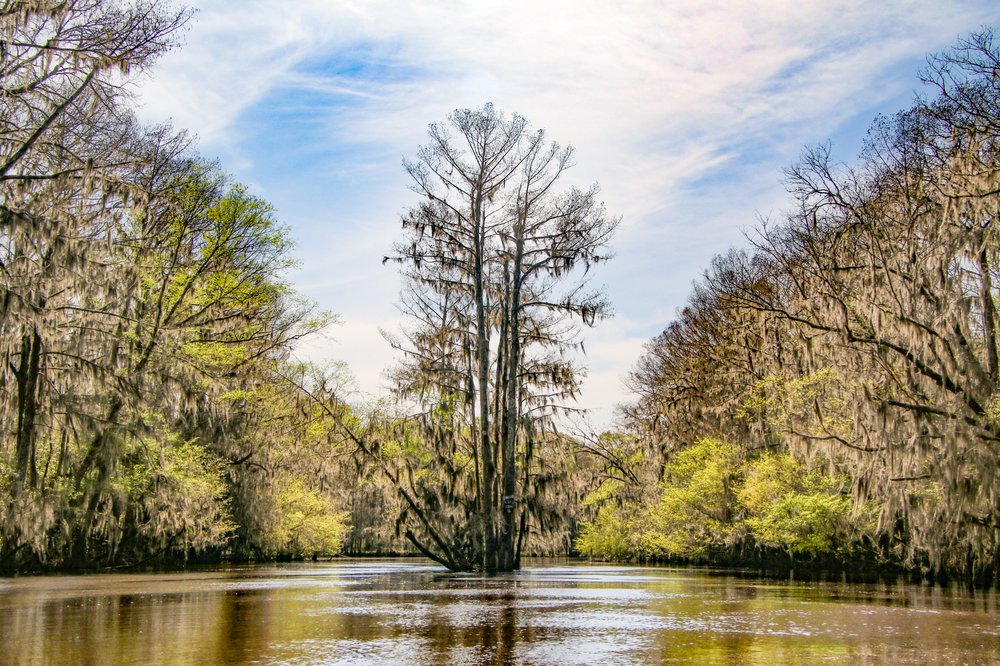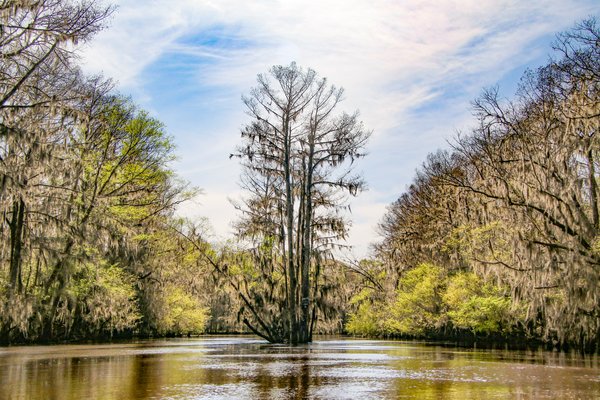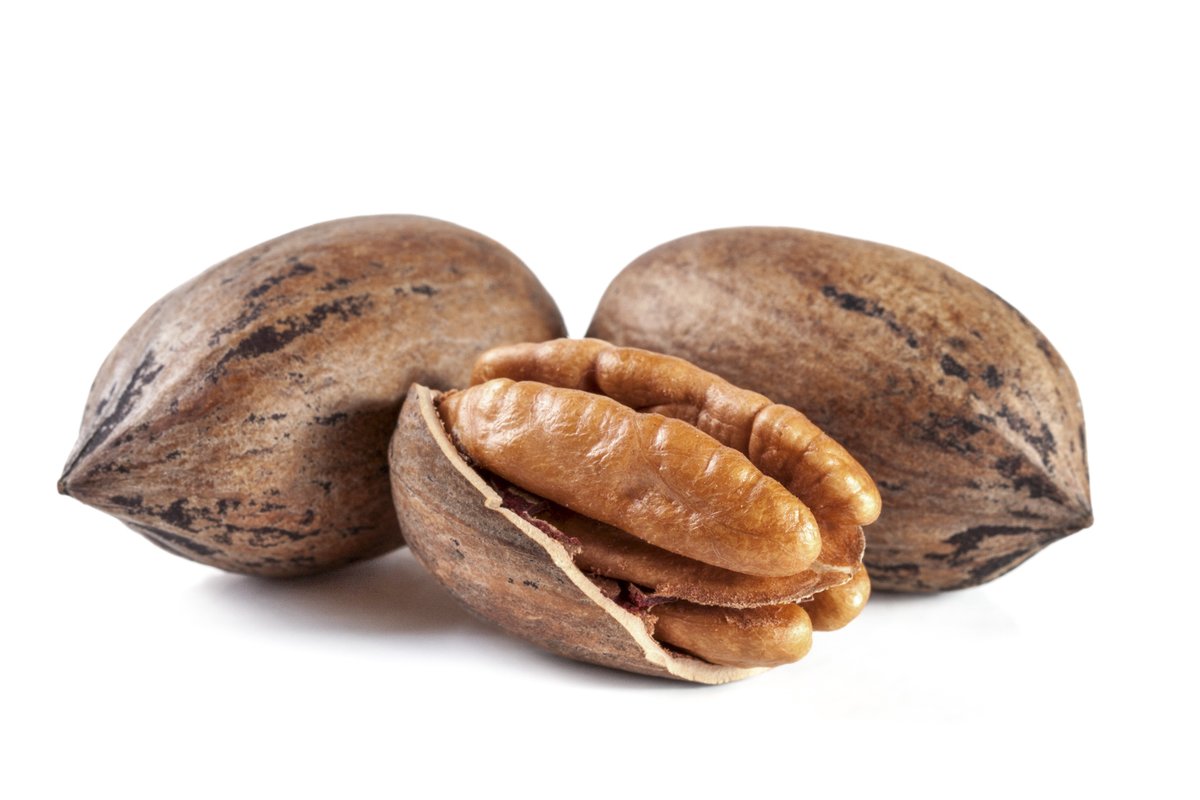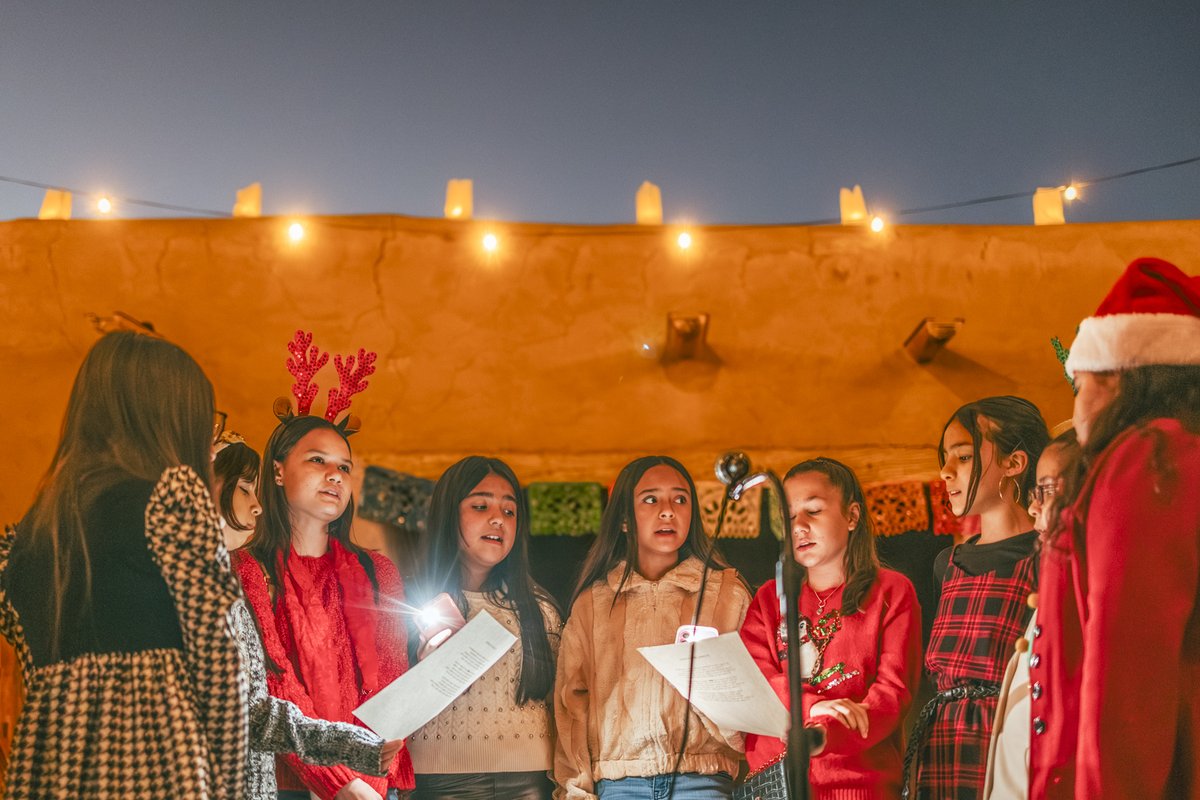The Caddo Lake State Park canoe launch hums with activity on a spring break weekday afternoon.
The park’s boat rental station is tucked away in a corner of scenic Saw Mill Pond, where bald cypress trees, draped in Spanish moss, are just starting to leaf out for the spring. Two women laugh as their canoe skids to a halt onto shore. One family group of six — parents, kids, cousins — have a little trouble figuring out how to launch the aluminum canoes without getting their feet wet, but they quickly get the hang of things once their boats are underway. Two young men in a canoe take a few minutes to figure out who’s supposed to be facing which way, and they comically go around in circles a few times before straightening out. Everyone’s having fun.
One canoe paddles in, with smiles on the faces of all three people in the boat.
Rui Huang and her two young adult children get out. They came to the park from the Dallas area.
“We had heard about the park and wanted to visit,” she says. “It’s really nice. We hiked yesterday and went canoeing today. It’s peaceful and really beautiful.”
All these Caddo Lake paddlers know one thing: The best way to enjoy the lake is to get out on the water. We have plans to do the same.
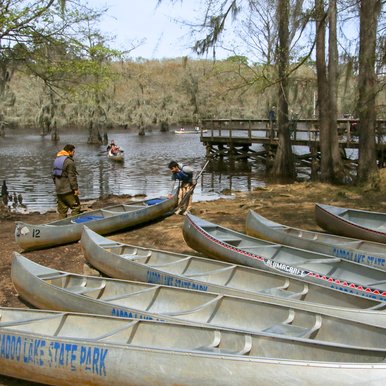
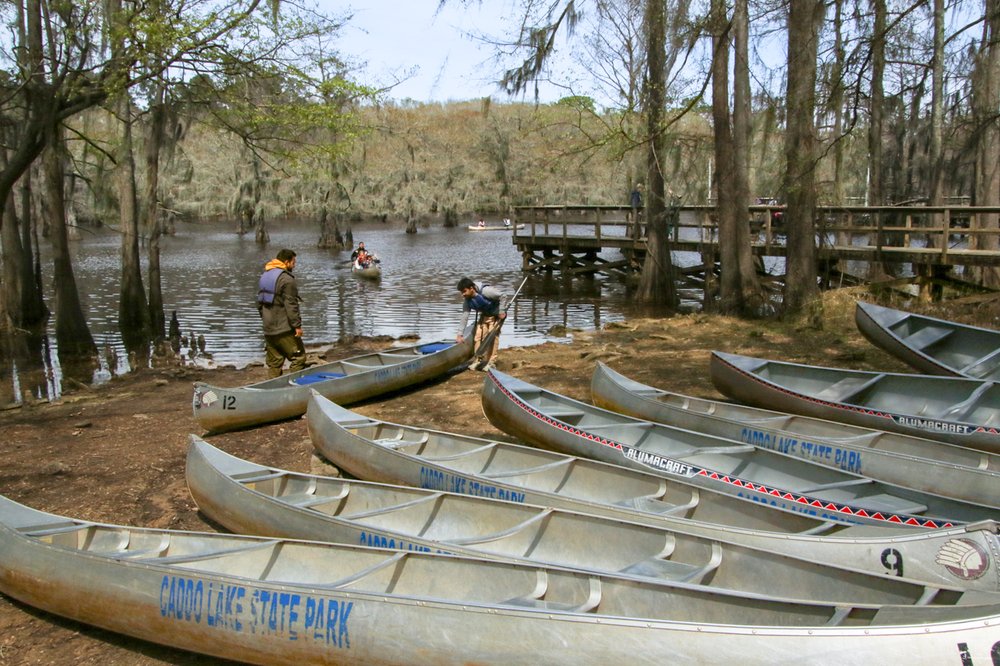
Caddo State Park canoes

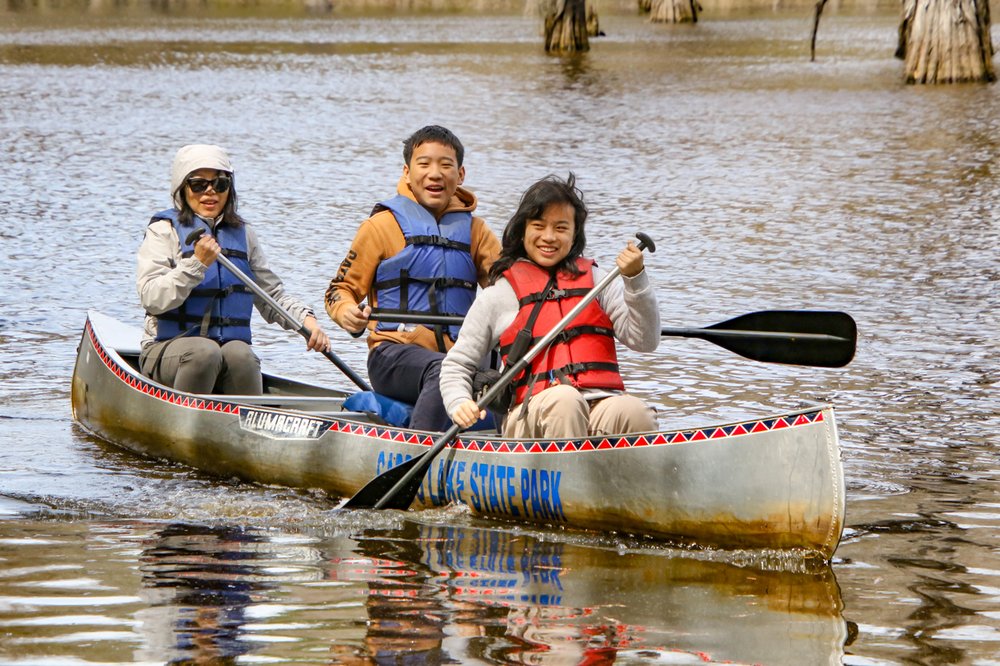
Caddo State Park canoes
Caddo State Park canoes
Gateway to Texas
My girlfriend, Heather, and I start our trip in nearby Marshall, once one of the largest and wealthiest town in Texas.
“Marshall has a remarkable history,” museum director Becky Palmer tells us at the Harrison County Historical Museum, located in the courthouse. “We were the gateway to Texas. We were the largest city in Texas, and we were the first place in Texas to have a railroad.”
The Caddo people lived in this area for thousands of years. They farmed, hunted and traded. From the 1600s to 1800s, Spain and France jockeyed for control of the region. Marshall was founded as a town in 1841.
After a morning soaking up Marshall history at the museum, we head over a couple of downtown blocks to Weisman’s for some shopping and food.
“This was the first department store in East Texas,” manager Debbie Smith says of the store, which opened in 1878, moved to this location in 1900 and now sells antiques and collectibles. “We have lots of good things to look at. Our third floor has our ‘man-tiques’ — fishing gear and old tools.”
We settle in for lunch at the store’s café, a sandwich-and-coffee kind of place with large windows facing the street. Hearing that we’re from out of town, the server recommends we drive down Old Stagecoach Road, the route that horse-drawn coaches traveled to get to town. We decide to check it out.
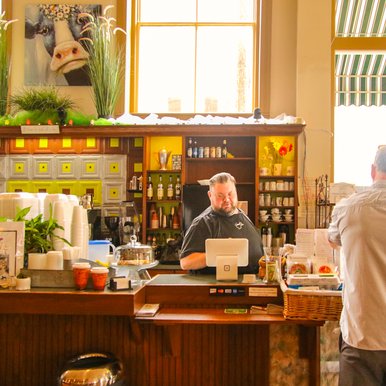
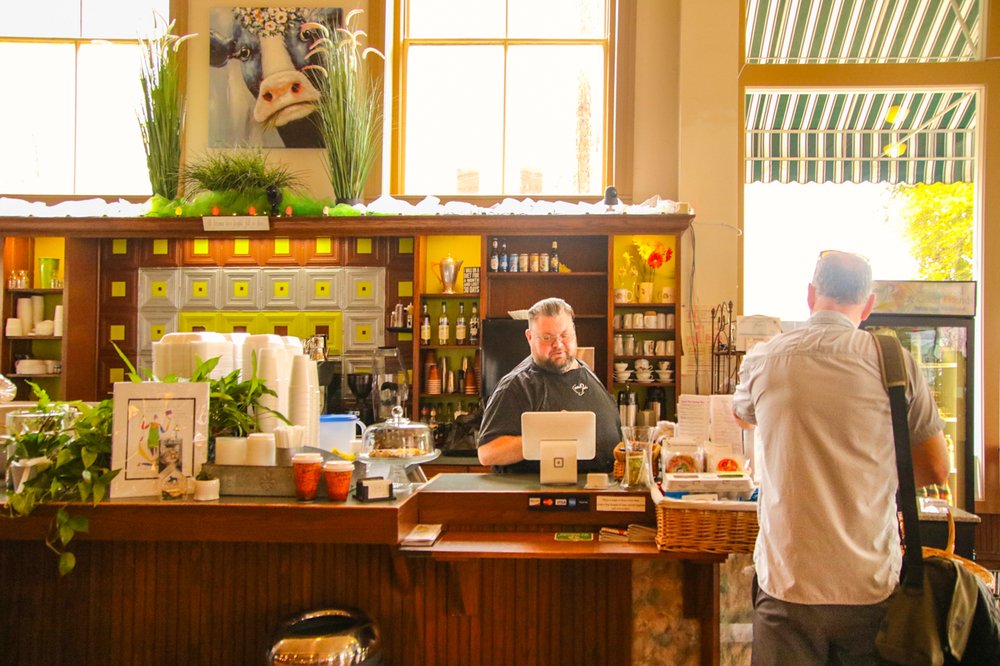
Lunch at Weisman's; Old Stagecoach Road; Starr Family Home State Historic Site
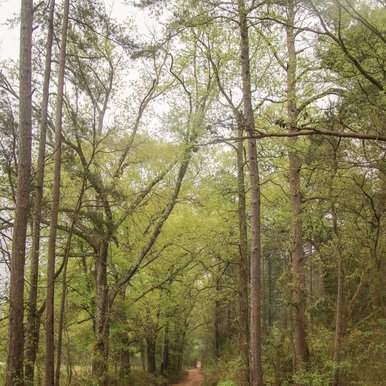
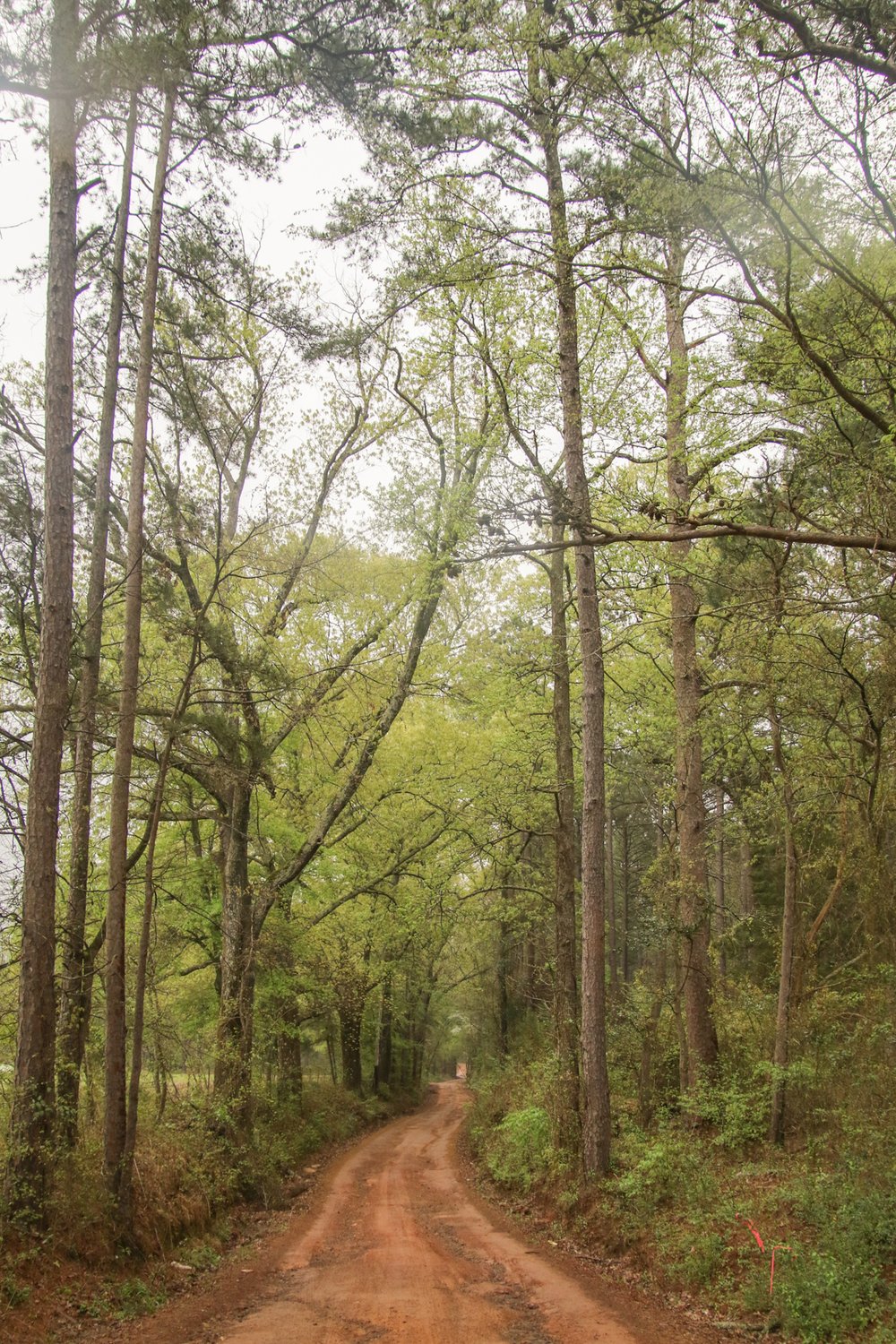
Lunch at Weisman's; Old Stagecoach Road; Starr Family Home State Historic Site

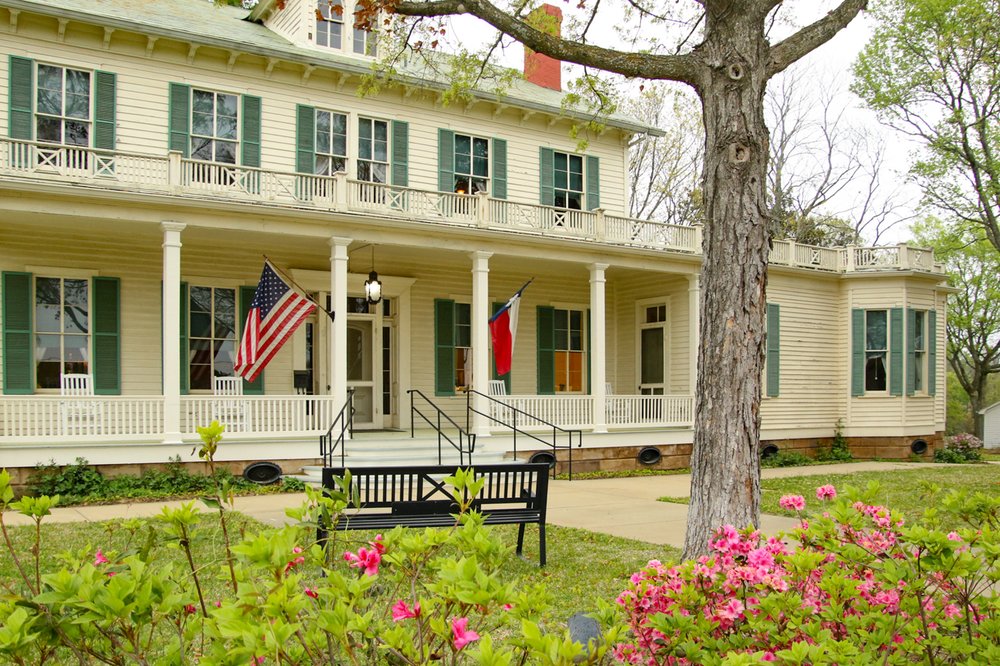
Lunch at Weisman's; Old Stagecoach Road; Starr Family Home State Historic Site
Lunch at Weisman's; Old Stagecoach Road; Starr Family Home State Historic Site
The red-dirt roadway sometimes sits 12 feet below the surrounding terrain, the result of repeated travel by stagecoaches and occasional washouts. The canopy of trees overhead gives us the feeling of traveling through a tunnel.
The road spits us out onto Texas Highway 43 near Karnack, a short distance from Lady Bird Johnson’s childhood home. Claudia Alta Taylor was born in 1912 on the second floor of this stately country mansion. As a girl, she got the nickname “Lady Bird” and developed an appreciation of the natural world around her. She roamed the woods near her home and paddled the bayous of Caddo Lake, experiences that led her to dedicate her life to the conservation of nature. She translated her love of the land into national policy when she and husband Lyndon Johnson moved into the White House. President Johnson, acknowledging his wife’s influence, signed more than 300 conservation measures into law, forming the basis of the modern environmental movement. And it all started on the second floor of the home in front of us. Given this place’s importance to the state and nation, can we please make it a state historic site someday?
We make our way back to town to eat at the historic Ginocchio Hotel near the railway station. From our table, we watch the occasional train go by on the tracks.
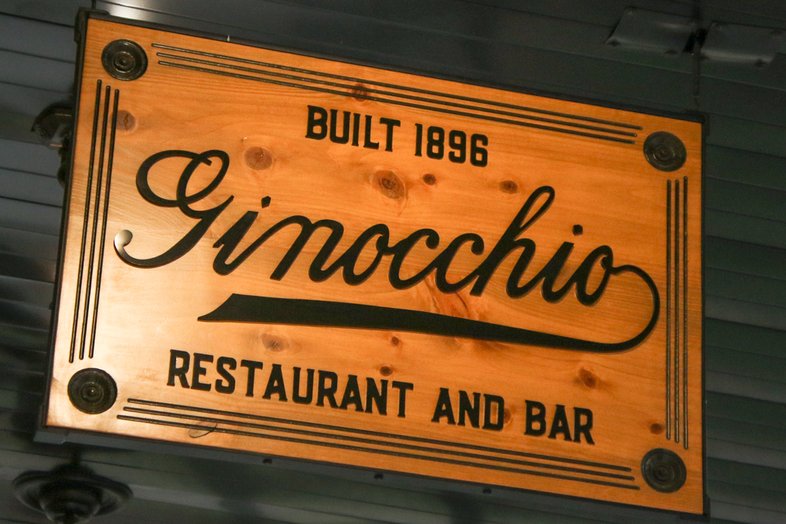
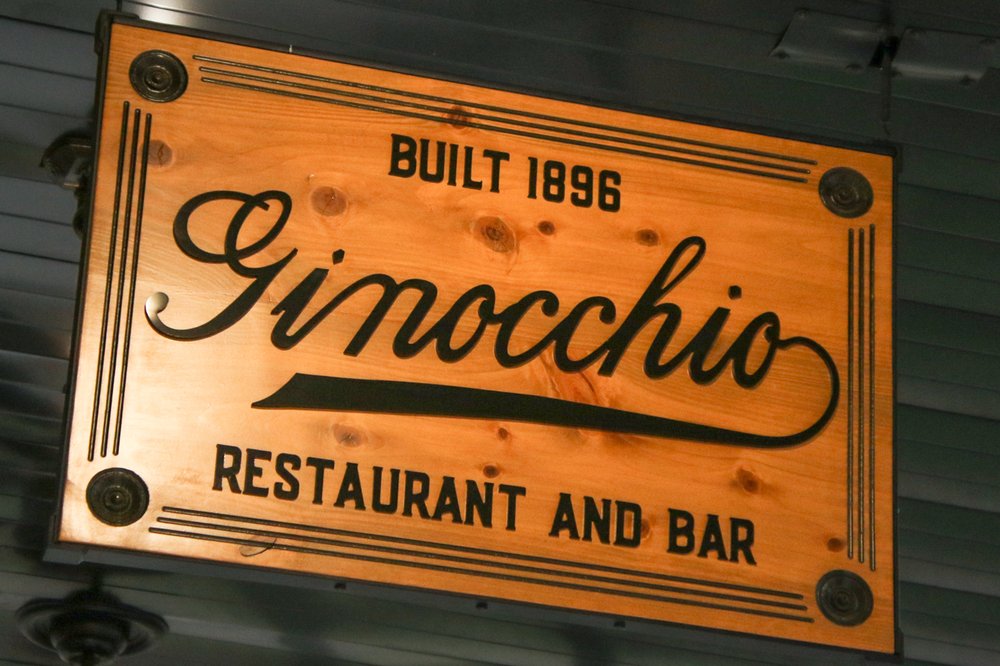
Ginocchio Hotel
Ginocchio Hotel
Owner Alan Loudermilk makes the rounds at the restaurant, chatting up diners. He came here from California because of a patent case and ended up buying the Ginocchio and restoring it.
In the 2000s, Marshall became the unlikely patent litigation capital of America.
“The whole world started coming here for patent cases, including me,” Loudermilk says. “I was sitting on a bench about a block and a half away from here and watched the trains rumble by. I love trains, and I fell in love with the building. It was going to be torn down.”
He decided to buy it, and he moved his family to Texas.
Outside Ginocchio’s, a historical marker explains how Marshall and its trains led to the town becoming “The Birthplace of Boogie Woogie.”
Marshall became a hub for railroad transportation of timber and other goods in the late 1800s. In East Texas logging camps, barrelhouse piano players were creating a new style of music in makeshift juke joints. The driving left-hand bass pattern reflects the rhythmic sounds of a steam locomotive chugging over iron rails. The right hand flashes counter-rhythms and melodies. The hard-driving piano style spread to New Orleans, Chicago and beyond and set the stage for rock ‘n’ roll.
Magical Caddo
We’ve been dodging the rain on and off so far, and we hope that our day planned at Caddo Lake will be at least semi-dry.
I’ve always loved Caddo Lake. It’s one of Texas’ true natural treasures. The lake is a maze of slow-moving bayous, wetlands and backwaters covering nearly 27,000 acres of cypress swamp. Majestic bald cypress trees draped with the long, curly tendrils of Spanish moss give the place a magical feel.
Texans say Caddo Lake is the only natural lake in Texas. That’s not quite true. We have other natural lakes — oxbow lakes in East Texas, resacas in the Valley, playa lakes in the Panhandle.
A giant logjam along the Red River known as the Great Raft created Caddo Lake as waters backed up. The raft was partially broken up in the 1830s to allow riverboat traffic, and a dam was built in the early 1900s to hold back the waters again. My nitpicky self calls Caddo the largest naturally formed lake in Texas.
After a quick visit to Caddo Lake State Park, where we watch the paddlers come and go at the canoe launch, we head upstream to Ole Mossy’s Up River to paddle a section of the bayou that I had not visited before.
Signs warn us what’s in store (“Bigfoot Xing” and “You Are Now Entering the Swamp”) as we launch our canoe and head to the Benton Lake Paddling Trail, one of 10 marked paddling trails in the Caddo Lake area established by the Texas Parks and Wildlife Department. We navigate down Big Cypress Bayou and take a right turn into the lake, an awe-inspiring sunken forest. Paddling trail markers indicate the path to circumnavigate the small lake, but we have the most fun straying from the trail and weaving through the trees to explore the perimeter areas.
Back at Caddo Lake State Park, we catch part of a watercolor painting program led by volunteer Jeff Mucha.
“Inspiration comes from nature,” he tells the participants — mostly kids but a few adults too. “There is no bad art. See where your mind can take you. There’s art itself in nature.”
Cypress trees prove to be a popular subject — some paint a single tree, while others try to capture the whole landscape.
Mucha fosters the creative process with plenty of encouragement and watercolor supplies.
We decide to wrap up our trip with a sunset tour of the lake. We head to Uncertain to meet Patrick Collins of Mossy Brake Boat Tours. We are joined by a couple of teachers from San Antonio who did a boat tour earlier and enjoyed it so much they came back for another.
“There go a couple of wood ducks,” Collins says early in the tour.
We see a beaver lodge soon after that.
“He keeps adding to it every night,” Collins says.
Collins takes us through some of the boat roads that wind through the lake, catching sight of wildlife, anglers, boaters and lots of the beautiful cypress trees.
“This is the largest bald cypress forest in the world,” Collins says. “They’re called bald cypress trees because they lose their leaves every year. You’ll also see their little cypress ‘knees’ sticking up. They act like a snorkel.”
We see a couple of ospreys flying around their nest — one of them caught a fish — and, later, spot a great blue heron.
The sunset puts on a show to end the day, painting the wispy clouds in orange and yellow and casting a colorful glow across the water.
I didn’t think it was possible, but Caddo Lake might have gotten just a little more beautiful.
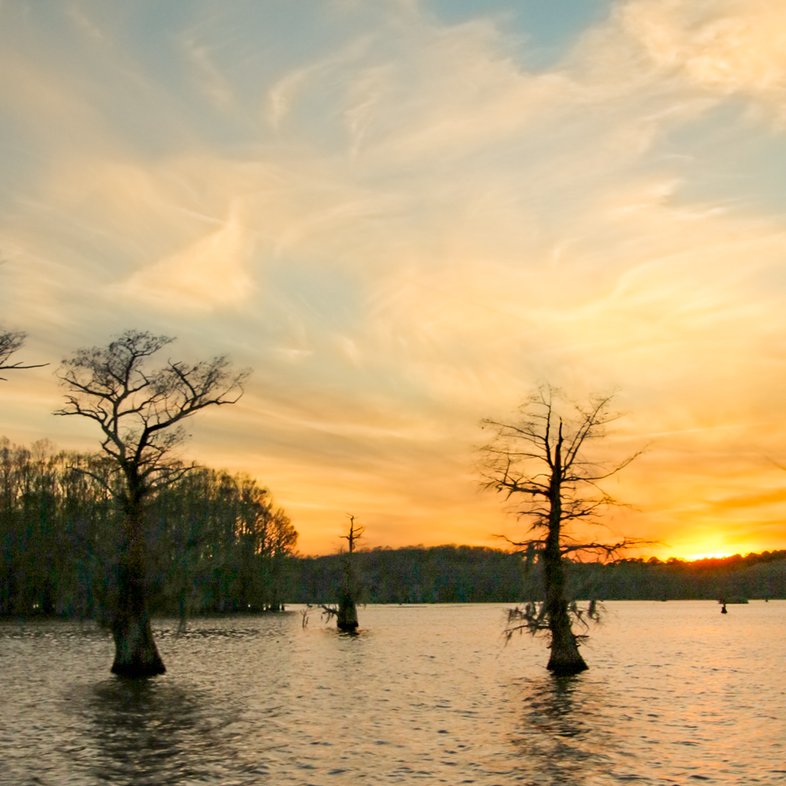
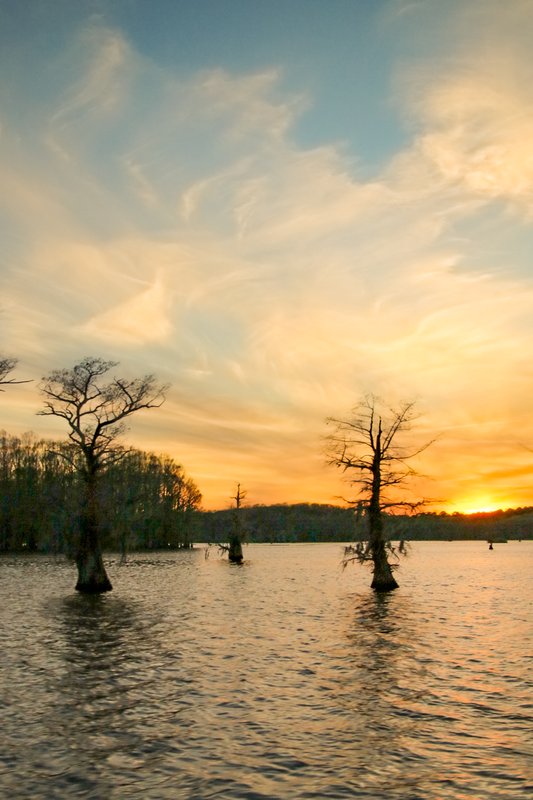
Caddo at sunset
Caddo at sunset
